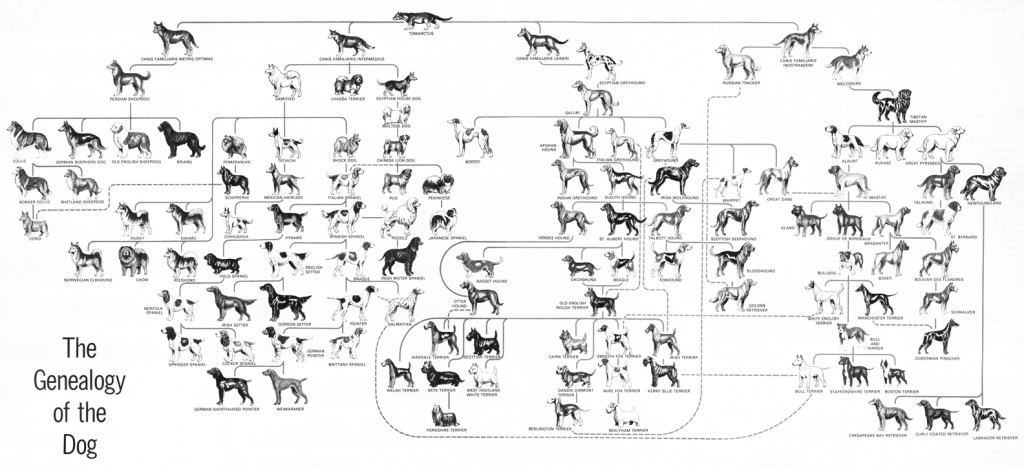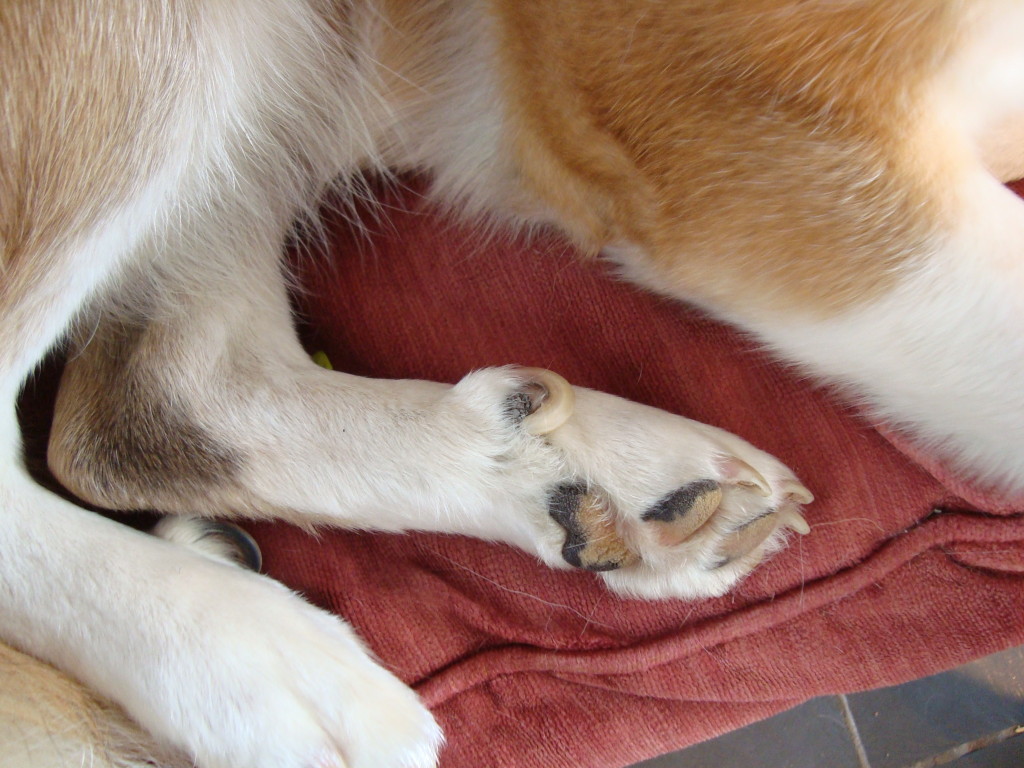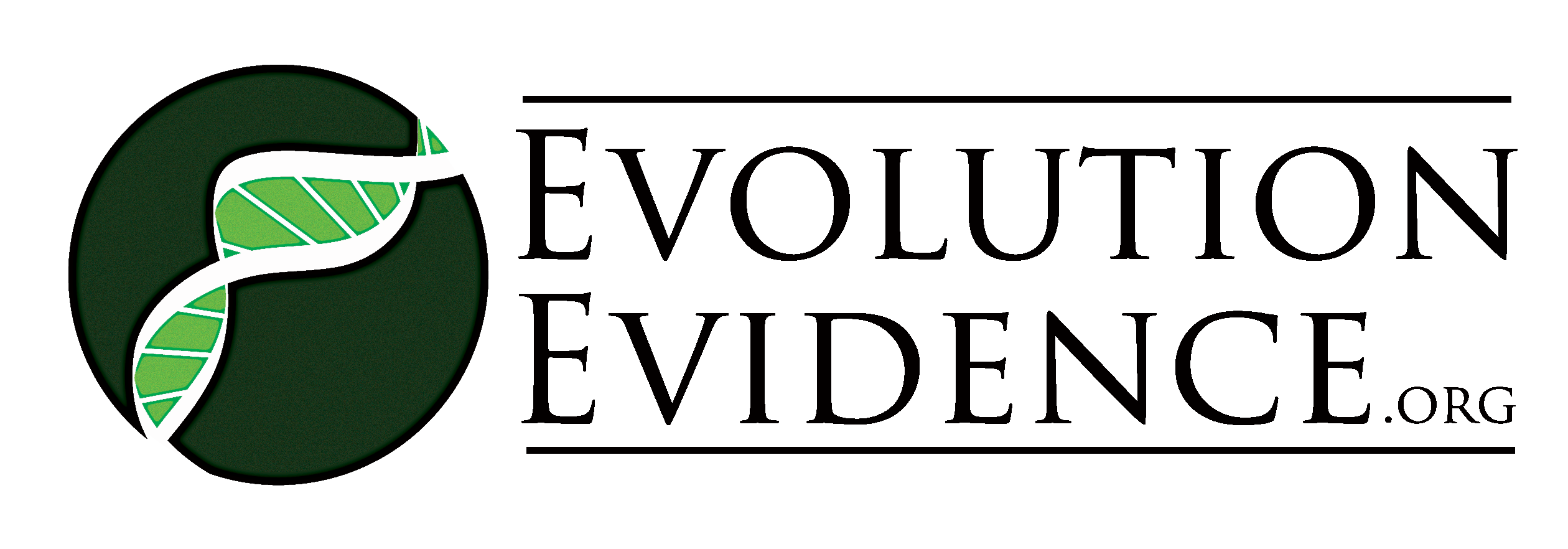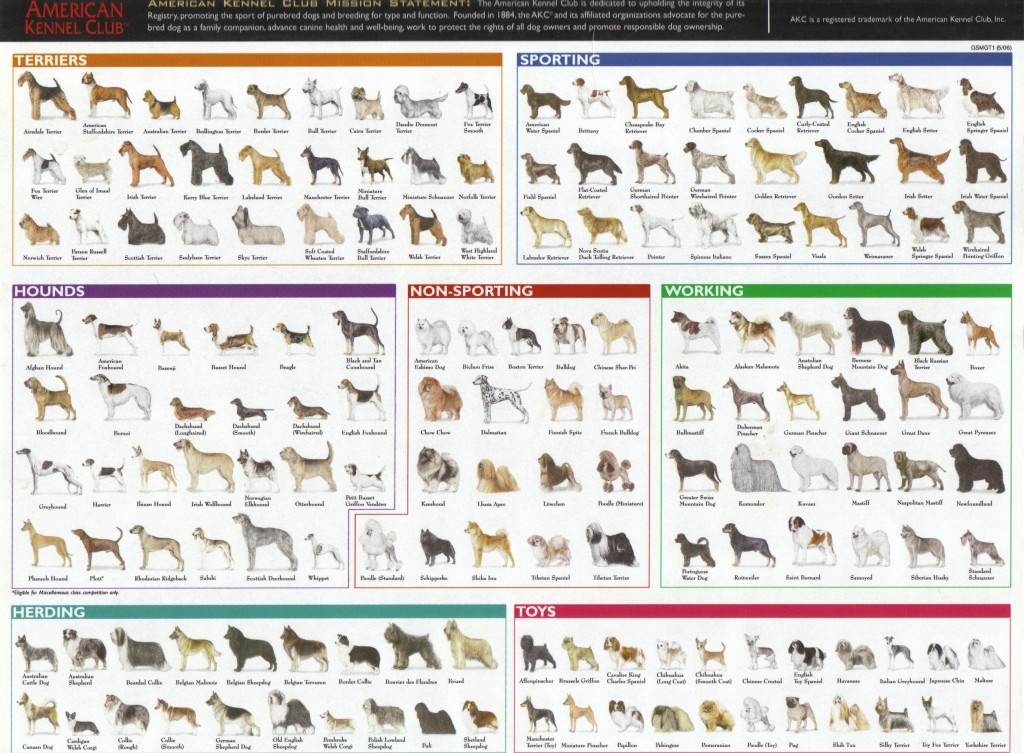The pay dirt for evolution education is to get students to see all of biological life through the lens of evolution. (This builds upon the ‘Evidence’ section. If you have not visited there, you are encouraged to do so first.)
Let’s take a familiar example–the dog.
Now if a student has been taught to view biological life through the three lens of similarities, progressions, and remnants they will be able to test the theory of evolution and make predictions.
Similarities prediction: If evolution is true you might expect to find similarities (synapomorphies) between breeds of dogs, other closely related mammals, mammals as a whole, vertebrates, eukaryotes, and all life. We find these in abundance from head to toe in dogs. Dogs have a single temporal hole like all synapsids, hair and mammary glands like most mammals, placentas for nourishing in utero like all eutherians, iron based blood, a tail like many carnivora, five fingers on their forelimbs like most vertebrates (pentadactyly), and on and on.
Progressions prediction: If evolution is true you might expect to see dogs as part of a progression of change on the macro scale (using fossils) and on the micro scale (across geography and in recorded historical records) showing change over time. This is, of course, exactly what we find.



Remnants prediction: If evolution is true you would expect to see signs of past generations within today’s dogs. Turns out you do. One such example is the dew claw on the front paws of most dogs. This claw is small and has little musculature. So, why have it? Well, it may serve some purpose in mounting but otherwise it is simply a leftover, a remnant. Further evidence of this supporting evolution is the hind leg dew claws found on some dogs, which harkens back to an ancestral trait of having five digits on their hind leg.

My point is simple: Pick ANY species and similar evidence can be found. Giving this ability of seeing life through these lens of similarities, progressions, and remnants gives POWER to your students to see life in a new way–to see life in light of the pageantry, beauty, mystery, and majesty of evolutionary history. That, dear friends, is something every student should have the honor and pleasure of doing.

